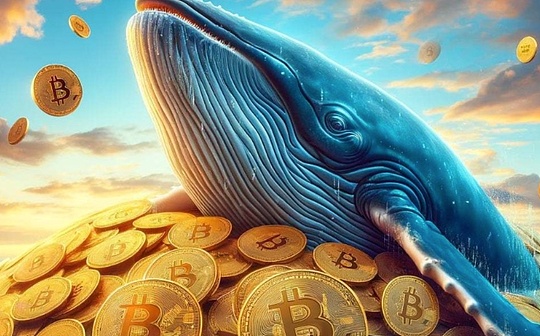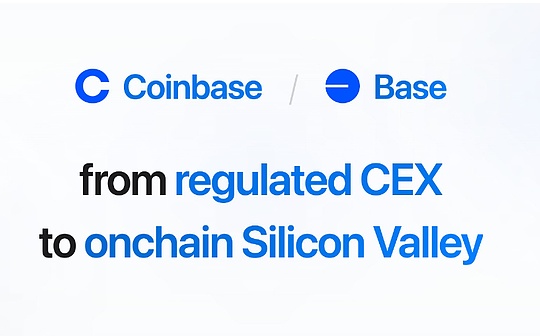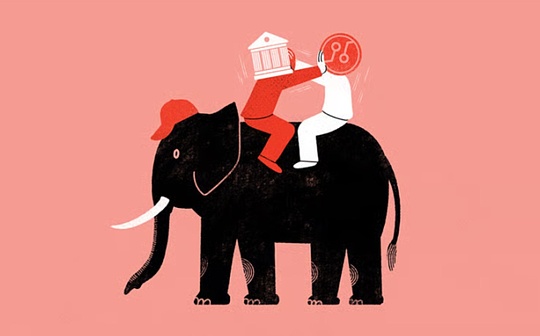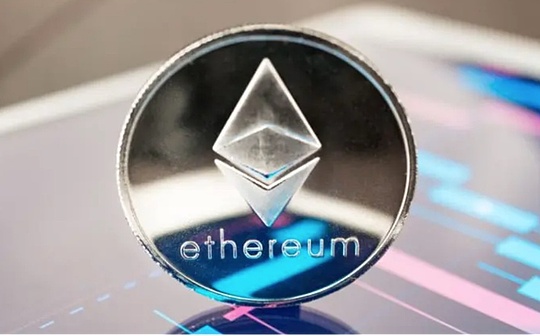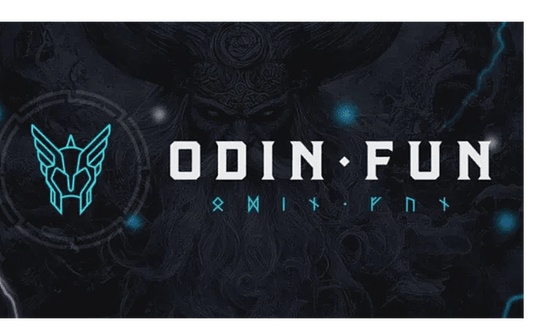
Jessy, bitchain vision
Recently, a project called Odin.fun has triggered a tide on a small scale.This is a Runes protocol launch platform similar to Pump.fun.Its small-scale popularity has brought heat to the Bitcoin ecosystem that has been silent for a long time.On March 7, a community member reported that 74 bitcoins on the Odin.fun chain disappeared or were hacked.Soon, the project co-founder responded on X that there was a bug in the hard deposit synchronization code, causing some users to have a balance exceeding the deposit amount.Therefore, 74 BTC deposit transactions cannot be found on the chain, and the funds of the current user are safe.
When talking about the relationship between public chains and token launch platforms, it is not difficult to think that Solana and Pump.fun, as well as Base and Viturals, etc., a hot token launch platform can bring a lot of traffic to the public chains they are in.For example, when the Viturals fires, the net capital inflow on Base exceeded Solana.
This is also one of the reasons why token launch platforms are popular.Unlike the token launch platforms on other public chains above, the token launch platforms on the Bitcoin ecosystem like Odin.fun are not installed on the Bitcoin chain. In order to ensure the user’s transaction experience and the need to reduce handling fees, they are generally installed on the second-layer network of Bitcoin.The problem it faces is that it is difficult for these projects to share the security of the Bitcoin main chain, and Odin.fun’s hacking misunderstanding this time is the manifestation of this problem.
Another more worthy question is, for the ecological revival of Bitcoin itself, does a token launch platform similar to the second layer really have enough potential to attract enough funds and traffic?
Odin.fun’s product design logic
Born in February 2025, Odin.fun was founded by the founder of Bioniq, the Bitcoin ordinal market, and is essentially a launch and trading platform for the Runes protocol.According to official disclosure, within one month, the transaction volume of Odin.fun platform exceeded 1,000 BTC, the number of platform addresses exceeded 37,000, and the leading rune ODINDOG•ID•YTTL•ODIN market value exceeded US$35 million.
The Runes protocol itself is not new, it was born after the Bitcoin halving in 2024.Developer Casey earlier launched the Ordinals Inscription Protocol, and then the developers derived the BRC-20 token protocol, but BRC-20 exposed problems such as inefficient transfers and UTXO expansion. To solve these problems, Casey proposed the Runes protocol.
It is also thanks to the birth of these two protocols that Bitcoin has more ways to play in asset issuance in addition to its store of value.It is precisely because of these two protocols, the Bitcoin ecosystem, and various related infrastructures have made explosive developments in 2023 and 2024.
For the crypto industry, there is an innovation that has never stopped, that is, the innovation of the issuance method of assets.odin.fun is a transformation of the way of issuing and trading of Runes protocol assets.
For a token launch platform, the key to its success lies in the design of the “casino” experience and whether it can give people a better “gambling” experience.
In terms of specific user experience, the Odin.fun product firstly implements the issuance and transaction of Runes assets issued on the platform in seconds and one-click transactions.
According to the explanation given on its official website, it is Odin.fun that uses the second-layer solution Valhalla, thus achieving the final confirmation of the transaction in 2 seconds.
In addition to being fast, users can also experience the very convenient experience of account abstraction (no social login), no Gas transactions, and no repeated signature confirmation of transactions.
And all of this is attributed to Odin.fun hiding the underlying complexity of the chain.It is precisely because Odin.fun is a second-layer product under the main chain of Bitcoin, and the official calls this second-layer solution Valhalla.
It is also because it is a product built on the second floor of Bitcoin that users need to use their own Bitcoin wallet to create an account, and then recharge the Bitcoin in their wallet into the account.The process of recharge Bitcoin is a process of cross-chaining Bitcoin to the second layer built by the project.
The second-layer solution is used to provide users with convenience, but the official has not announced the detailed how the second-layer technology is implemented. In this hacking incident, we can roughly see some technical loopholes or immature aspects.
According to its co-founder, when users deposit funds to the platform, they deposit funds into the threshold signature setting, a decentralized 12/34 threshold signature setting that ensures BTC’s security.And these funds are then sent to the ODIN•FUN smart contract.All users’ BTC is linked to BTC in the Odin.fun platform at a 1:1 ratio.The disappearance of 74 Bitcoins this time was precisely because of the deposit synchronization error that it was not displayed.
And how is the security of Bitcoin deposited by these users guaranteed?The official statement is to achieve it through multiple signings.However, multiple signing is not absolutely safe. For users, they cannot manage their own assets by themselves, but handing over the assets to the Odin platform, which is essentially the logic of a centralized exchange.
Previously, X netizen @Real0xJason said that the BTC held by users on Odin.Fun is essentially a ckBTC that exists on the ICP public chain. The ultimate security guarantee of its security comes from the ICP public chain. There is no need for a cross-chain bridge between ICP and the main network of Bitcoin. ICP’s chain fusion encryption technology allows its smart contracts to interact directly with other networks, so its security is higher than the wrapped BTC generated by the general Bitcoin L2 through the cross-chain bridge.
As a token issuance and trading platform, the specific rules for token trading are as follows: On this platform, the process of token launch is called Ascend, that is, the process of token binding.Tokens created on Odin are initially traded along a bonding curve.80% of the token supply on this curve is sold at 0.211 BTC.Use sats as the token price in Odin, with a token starting price of 0.11 sats (market value of $3,000), and complete Ascend at 4.76 sats (market value of $100,000).
When Ascend is completed, a project enters the next stage, namely the AMM stage. According to the official website, once the token is bound (i.e. Ascend), the remaining 20% of the token supply and 0.2BTC will be deposited into the AMM pool to support further transactions.After that, the token trading will follow the AMM curve k = X * Y, no longer the previous binding curve y = e^x.
For platform users, they can not only launch and trade tokens, but also make LPs on it.Moreover, the platform adopts a marketing model of recommendation rebates, and 25% of the platform fees belong to the recommended users.
Can Odin.fun carry the banner of Bitcoin ecological revival?
At present, the development of the Bitcoin ecosystem is not optimistic, and there is no project like the previous inscription that can trigger the participation of the whole people.It is precisely because of this that the inflow of funds and traffic cannot trigger a new round of enthusiasm for the Bitcoin ecosystem in the market.
The former Pump.fun and Viturals both made Solana and Base themselves popular because of the popularity of Meme hype above it, which led to the development of their on-chain ecosystem.But odin.fun does not seem to have set off the same on-chain ecological boom.Moreover, the market value of its leading tokens is only 35 million US dollars at the highest.
But odin.fun does not apply to this set of logicThis is not the first time similar MemePump has appeared in the Bitcoin ecosystem. Previously, there was Satspump.fun on the second layer of Bitcoin Fractal, Lnpump.fun on the Lightning Network, Stx.city on Stacks, etc.However, Meme Pumps on these layer two or side chain networks have not obtained the same sound as Pump.fun.
After all, it is difficult for a later imitator to surpass the successful former, and a more important reason is that these Meme Pump platforms on the second layer or side chains actually lack the orthodox nature of the Bitcoin main chain.This time, Odin.fun was able to make some noise, because it hit Runes, a new asset issuance method that is closely related to the Bitcoin main gate.In addition, when the market is indifferent, there are fewer hot spots that can be hyped.
However, this is the end of Odin.fun’s influence. For the Bitcoin ecosystem, it is not a unique and innovative thing like inscriptions, which is full of hype. It only superimposes two once very popular narratives, runes and Meme pump, but these two narratives are old narratives.Therefore, the project itself can raise limited popularity, and for the Bitcoin ecosystem, such a project with a weaker narrative cannot bear the banner of Bitcoin revival.
However, for investors, small funds can participate.How to choose a token that has potential and can grow exponentially, look at the community and the dealer.In essence, this is even more a gambling, just like Meme’s way of playing.


